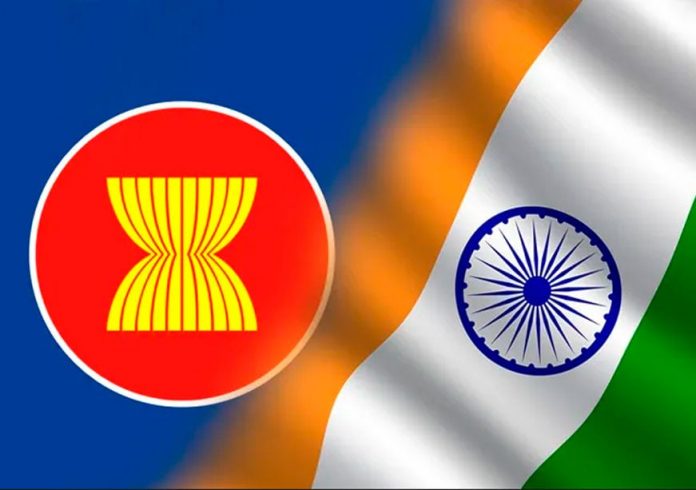The Association of Southeast Asian Nations (ASEAN) and India formalized a shared strategic direction for their tourism sectors on Sunday, October 26, 2025, by adopting a Joint Leaders’ Statement on Sustainable Tourism. This declaration was announced during the 22nd ASEAN-India Summit in Kuala Lumpur, Malaysia, marking a key deliverable for the ongoing celebration of 2025 as the ASEAN-India Year of Tourism.
Incorporating sustainable development principles-more especially, the green, blue, and circular economy models-into the expansion of tourism in the area is the main goal of the joint statement. The document addresses the need to reduce the possible adverse effects of tourist traffic on local environments and communities while also acknowledging the role that tourism plays as a catalyst for economic activity, job creation, and cross-cultural exchange. The roadmap aims to bring regional tourism practices into line with the Sustainable Development Goals of the UN.
ASEAN and India agreed to three main sustainability pillars under the framework. The first, environmental sustainability, aims to increase the use of renewable energy at tourist destinations and decrease resource consumption by implementing “Reduce, Reuse, and Recycle” strategies.
In the second, Socio-cultural Sustainability, local artists, food, and handicrafts are directly supported by community-based tourism and the preservation of shared cultural heritage sites. Last but not least, promoting ecotourism, enticing women and young people to work in the sector, and enhancing planning via more data-driven decision-making procedures are all components of economic sustainability. This official adoption emphasizes how important it is for both parties to work together to strengthen the bilateral relationship through meaningful, long-term collaboration in a crucial economic area.



















